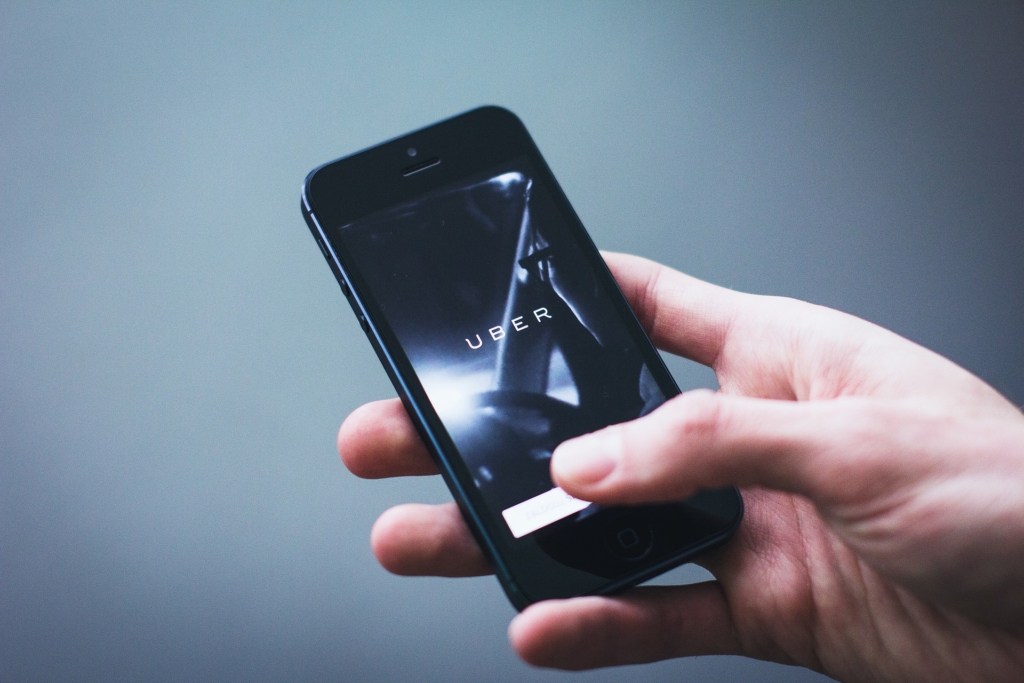
Uber is one of the most influential yet controversial companies to have emerged in the past decade.
Its app-powered ride-hailing service has disrupted the traditional taxi industry, as well as extending its tendrils into other sectors.
The latest evidence suggests that even restaurants could be suffering from the rise of Uber, with research from TDn2K showing that workers are being tempted away from table service and kitchen roles to instead drive for the company.
So, what can restaurants learn from Uber and is the threat it poses overstated, or something that should be taken seriously?
Growth of the gig economy
The current generation of youngsters who’re entering the job market for the first time in 2018 are being faced with a very different concept of what the working world can offer them.
Gone are the days of a ‘job for life’ being widely available, or even something that millennials and Gen Z-ers are looking for in the first place. In its place is the ‘gig economy’, fuelled by tech titans like Uber and Deliveroo as a fresh approach to part-time working.
The result is that entry level positions at restaurants are no longer the obvious choice for teenagers, students and recent graduates looking to find their feet.
These apps are encouraging people to effectively work for themselves, acting as freelance contractors hired intermittently by third parties to fulfil various roles.
There’s no doubt that Uber and its contemporaries are lacking when it comes to offering any form of job security, employee support and even rates of pay. However, a lot of restaurant staff that jump ship to sign up to work via an app are more interested in the flexibility and freedom that the gig economy offers.
Staff aren’t tied to shifts during specific periods but can fit their work around the rest of their lives. For youngsters, that’s a particularly big selling point which shouldn’t be ignored and might be something the restaurant industry can take advantage of.
Instability at the top
Another factor that’s having an impact on restaurant industry jobs is that the turnover of the lowest paid workers is directly impacted by the rate at which their managers are also moving onto pastures new.
Staff are far less likely to stick around if the people who are immediately ahead of them in the food chain (excuse the pun) are either new to the position themselves or eyeing up the prospect of exiting the industry in the next twelve months.
For teenagers in particular, the temptation to duck out of the job market altogether, or to seek a means of income elsewhere through a digital platform, is strong.
Young people don’t see the appeal of traditional roles in restaurants when compared with working for Uber or an equivalent company. They’re also witnessing older generations exit the industry at the same time, thus creating a conundrum for employers.
Wrapping up
The claim that Uber is sabotaging the restaurant industry by pilfering its part time workers could sound like unnecessary fear-mongering.
Unfortunately, this isn’t a trend that operators can afford to ignore, which is why understanding the attraction of Uber and learning to counteract it with adjustments to entry-level roles in restaurants is vital.


Leave A Comment